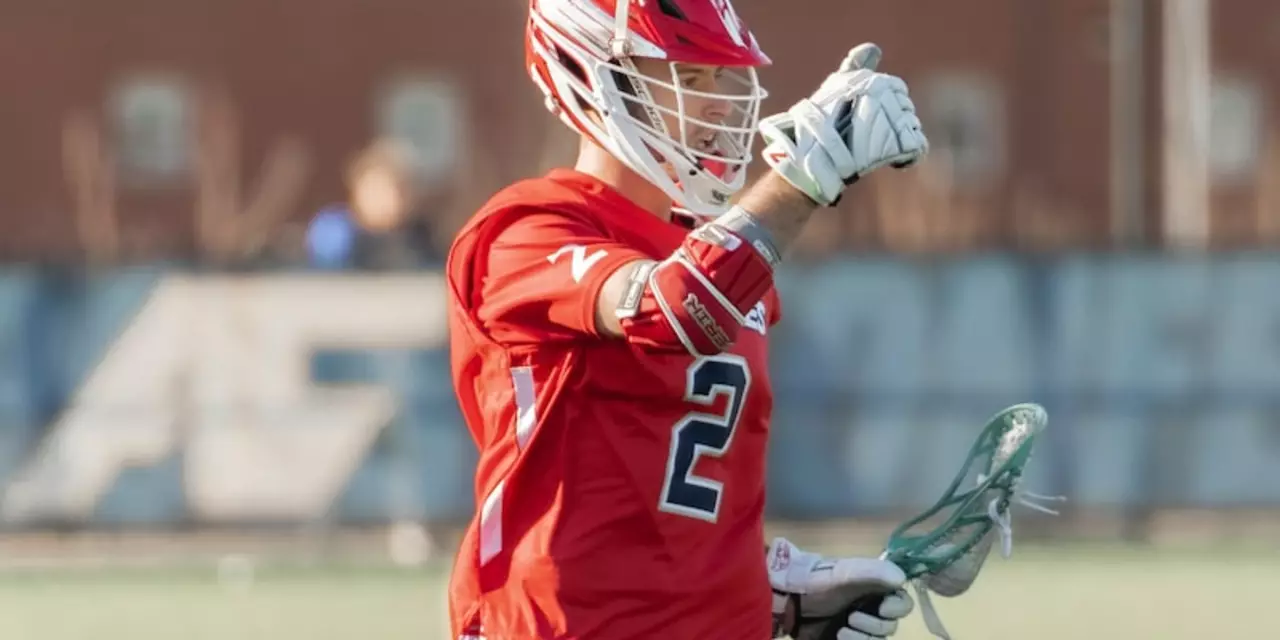Professional Sports Insights: What’s Happening in the World of Pro Athletes
Looking for the newest buzz around the pros? You’ve landed in the right spot. Here we cut through the noise and bring you straight‑to‑the‑point updates on big games, player drama, and the trends that shape professional leagues. Whether you’re a die‑hard fan or just curious about why a certain team is on fire, these quick takes keep you in the loop without the fluff.
Game Highlights & Analysis
Last week’s NFL showdown gave us a perfect case study. Skip Bayless didn’t hold back on Travis Kelce, calling him “Mr. Taylor Swift” after a costly drop‑off that turned into a pick‑six. The episode sparked a debate: are off‑field distractions hurting a team’s performance? Fans can learn a lot by watching the tape—notice how a single misstep in the goal line can swing momentum. We break down the play‑by‑play, so you can spot the tell‑tale signs before the next broadcast.
College football isn’t left out either. The BYU‑Stanford clash ended 27‑3, showcasing a defense that smothered every attempt and an offense that kept risk low. The result tells a story about BYU’s identity heading into 2025: disciplined, balanced, and hard to break. If you follow the Pioneer Football League, Marist College’s place in the FCS is a reminder that smaller programs can deliver big thrills when they execute a solid game plan.
Athlete Spotlights & Opinions
Legends still shape today’s narrative. Jim Otto, the original Raider, passed away at 86, leaving behind a record of 210 straight games and 12 AFL All‑Star nods. His durability teaches a simple lesson—consistency beats flash. Newer stars also spark conversation. Should the NFL retire Tom Brady’s number 12? Some argue it would cement his legacy, while others say retiring numbers should stay rare. Debates like this keep the sport’s culture alive.
Beyond football, we see fans weighing the experience of watching games on TV versus in the stadium. TV offers replays and comfort, but nothing beats the roar of a crowd when a team scores. That split feeling fuels personal preferences—some swear they’ll never leave their couch, others plan trips just for the live vibe.
And then there are the “what‑ifs.” Can the Atlanta Falcons clinch Super Bowl 57? Can Chicago finally break its championship drought? These questions aren’t just idle chatter; they spark analysis of roster moves, coaching decisions, and schedule quirks. We dive into the stats that matter, so you can join the conversation with facts, not just hype.
In the end, professional sports are a mix of raw talent, strategic choices, and fan passion. By focusing on the core moments—key plays, player legacies, and the big‑picture questions—you get a clearer view of what drives the games you love. Keep checking back for fresh takes and deeper dives into the stories that matter most in the pro world.

Which state will never get a professional sports team?
This article looks at why some US states will never get professional sports teams. It points out that some states, such as Wyoming, Alaska, and Vermont, simply do not have the population or financial resources to support a professional team. Additionally, some states are already well-served by teams in nearby states, making it unnecessary to build a new team. Finally, the article suggests that the lack of a professional sports team may actually be beneficial to some states, as it allows them to focus their resources on other important issues. In conclusion, some US states will never get professional sports teams due to population size, financial resources, and existing teams in other states.
© 2025. All rights reserved.